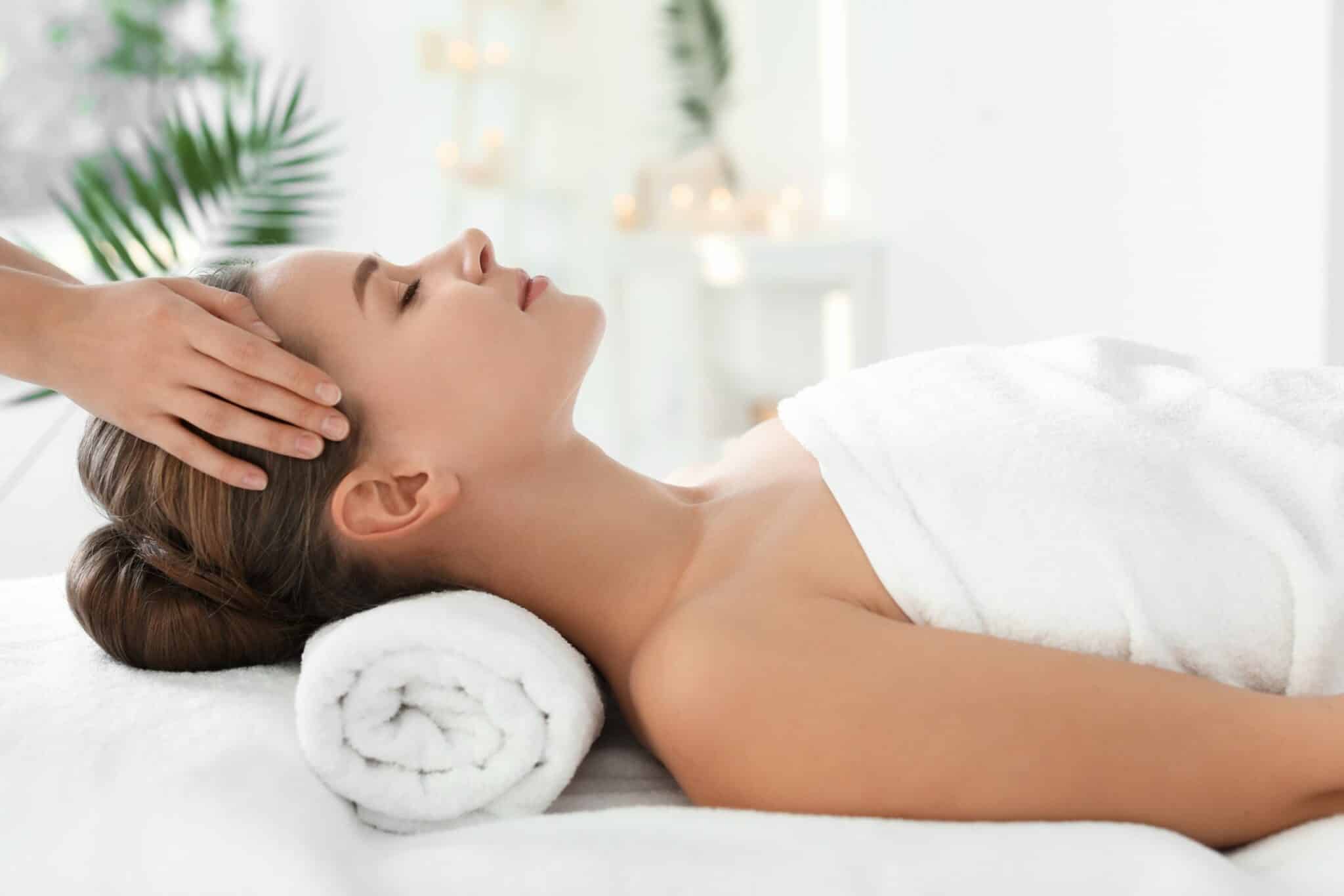How Profitable is a Massage Spa (2024 Stats)?

Interested in the profitability of the massage spa industry? This guide offers a detailed look at the U.S. market as of 2023. We’ll be breaking down revenue streams, startup costs, and operating expenses.
We rely on data from industry reports and franchise disclosures to give you a comprehensive understanding of what it takes to succeed in this competitive sector.
Massage spa market overview
As per IBIS, the massage spa market in the U.S. represented revenue of $19 billion in 2023.
Therapeutic massage service represents the largest share ($8.6 billion), followed by non-therapeutic massage service ($8.2 billion), and other massage services and products ($2.2 billion). Yet, with over 241,000 massage spas across the country, the competition is also fierce.

How much revenue does a massage spa make?
Using the data from more than 2,070 franchise-owned massage & spas, a massage spa earns $1,112,000 in gross revenue per year on average.
This number is the average gross revenue per spa from 2,070 spas of the largest 9 massage spa franchises in the U.S.
With an average cost of visit of $75-100 (per hour), that’s a total of ~11,000 – 14,800 visits per year. Assuming 250 working days per year, that’s on average 45 – 60 customers per day per spa (again, assuming they all pay for an hour only).
As you would guess, the average franchised-owned spa & massage parlor is a significantly larger business vs. an independent spa and/or massage parlor with 1 or 2 employees only. This explains why franchise massage spas have on average 45 to 60 customers per day.
Therefore, not all massage spas have the same yearly revenue. Logically some will earn more than others because of many factors like location, whether it’s a massage parlor and/or a full-service spa, whether it’s a franchise or not, etc.
How much does it cost to start a massage spa?
On average, it costs between $540,000 to $831,000 to open your own massage spa.
This includes various costs such as rent and utility deposits, leasehold improvements, furniture, fixtures, equipment, office supplies, signage, marketing expenses, training costs, license fees, and insurance, as well as setting aside funds for working capital for the first few months of the business operations.
- Rent and utility deposits (2% of revenue): Cost of securing a location and essential services such as water and electricity.
- Leasehold improvements (51% of revenue): Significant investment in creating a spa environment that is visually appealing and conducive to relaxation.
- Furniture, fixtures, and equipment (15% of revenue): Cost to achieve comfortable and aesthetically pleasing furnishings, essential fixtures, and quality equipment.
- Office equipment and computer software (6% of revenue): Cost of necessary technology and tools for efficient spa management.
- Initial inventory and supplies (3% of revenue): Funds for stocking up on quality products and supplies essential for providing massage services.
- Signage (2% of revenue): Invests in visible and attractive signage to enhance the spa’s presence and attract customers.
- Marketing (5% of revenue): Budget for promoting the spa, reaching potential clients, and building a strong brand.
- Training expense (1% of revenue): Ensures ongoing staff development and expertise in delivering high-quality massage services.
- License, permits, professional fees, and insurance (4% of revenue): Covers legal and operational aspects, including licensing, permits, professional fees, and insurance.
- Working capital (11% of revenue): Reserves funds for day-to-day operations and emergencies for the first 3-6 months.

How profitable is a massage spa?
A massage spa has a ~30% operating profit margin (EBITDA margin) after operating costs (salaries, facilities, etc.) have been incurred.
Indeed, there are various recurring costs involved in running a massage spa. The major expenses include salaries followed by facility costs:
- COGS (5-10% of revenue): Costs directly tied to providing services, covering items such as massage oils, lotions, and other consumables.
- Salaries (25-50% of revenue): Compensation and benefits of skilled massage therapists and other staff.
- Marketing (1-5% of revenue): Cost of advertising and promotional activities to attract new clients and retain existing ones.
- Facilities (15-20% of revenue): Includes ongoing expenses related to maintaining a clean, comfortable, and inviting spa environment such as rent, utilities, etc.
- Other operating costs (5-10% of revenue): Accounts for miscellaneous expenses like maintenance, admin expenses, etc.
| Profit and loss | Amount (US$) | % revenue |
|---|---|---|
| Gross Revenue | $1,112,000 | 100% |
| COGS | $(100,080) | 9% |
| Gross Profit | $1,011,920 | 91% |
| Labor expense | $(333,600) | 30% |
| Marketing | $(55,600) | 5% |
| Facilities | $(189,040) | 17% |
| Other operating costs | $(88,960) | 8% |
| EBITDA | $344,720 | 31% |





